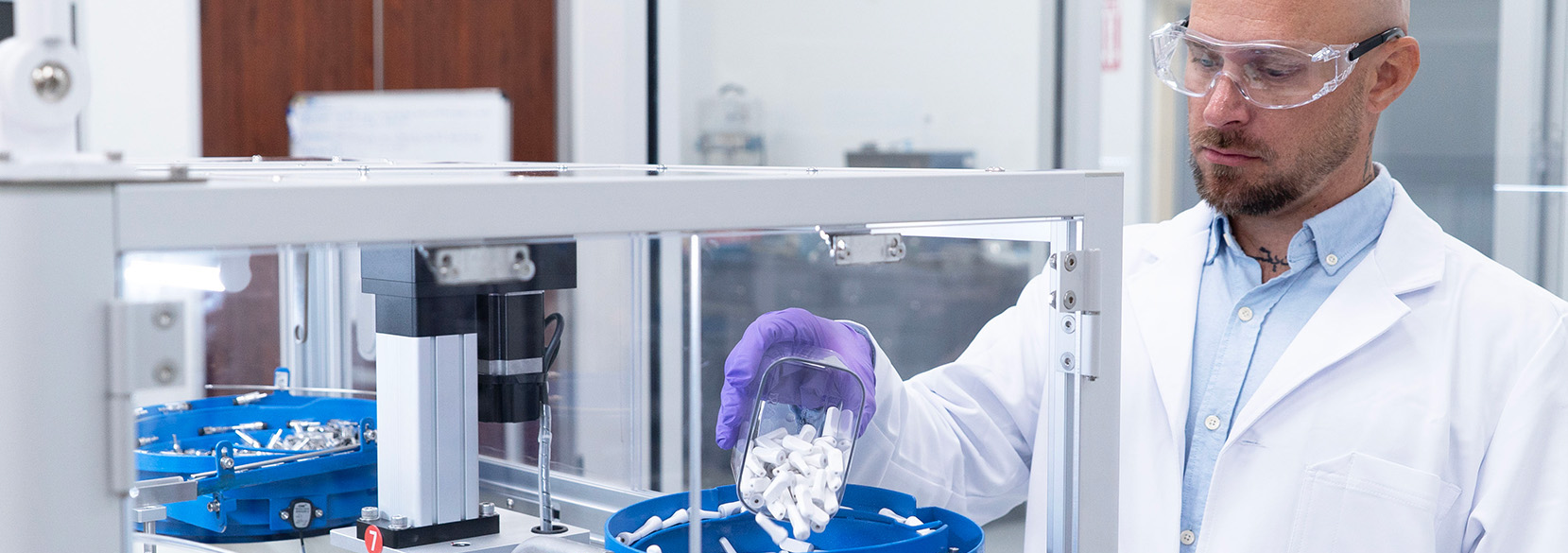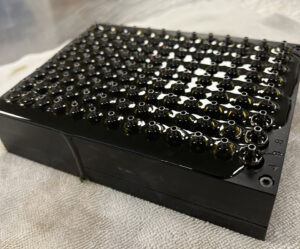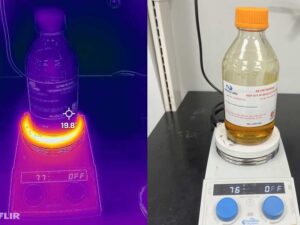Filling a single vape cartridge is pretty easy with a syringe. Filling 10,000 vapes in a day, and things become much more complicated. When it comes to scaling production from craft scale to medium scale to industrial scale, the processes and equipment needed largely vary from one production operation to another.
This article addresses the equipment needed for filling cannabis vape carts (D9, D8, live resin, rosin, etc.) with respect to the scale and size of output and what type of filling and support equipment is needed for each stage of production. We’ll cover the cost and equipment associated with each style of filling, efficiency breakpoints, explanations of the pros and cons for each method, as well as human resource and initial startup costs.





